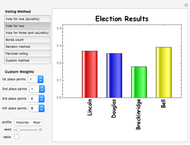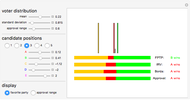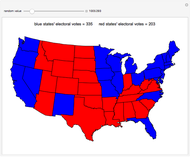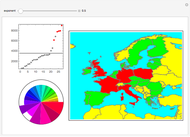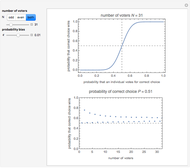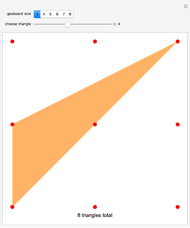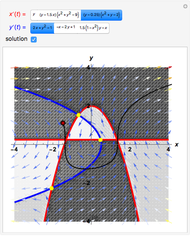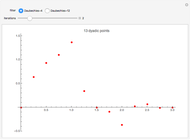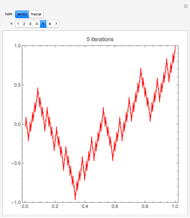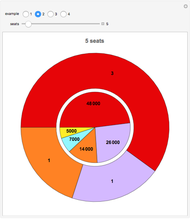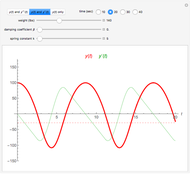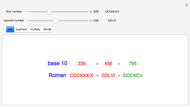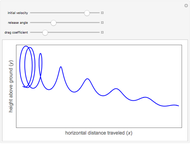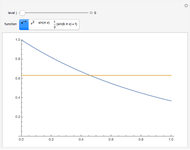Parliamentary Seat Allocation by the Sainte-Laguë Method

Requires a Wolfram Notebook System
Interact on desktop, mobile and cloud with the free Wolfram Player or other Wolfram Language products.
This Demonstration illustrates Sainte-Laguë's method of allocating parliamentary seats.
[more]
Contributed by: Helmut Knaust (June 2014)
Open content licensed under CC BY-NC-SA
Snapshots
Details
This method is currently used in countries around the world. It was also used in the United States from 1842–1852 and 1901–1941 to apportion House seats to states according to their population (under the name "Webster method").
The method does not guarantee that a party with the majority of votes receives a majority in parliament (see the thumbnail illustration). This may explain why some countries replace  (no seat allocated so far) by
(no seat allocated so far) by  , thus giving a slight preference to larger parties over marginal parties.
, thus giving a slight preference to larger parties over marginal parties.
Permanent Citation











